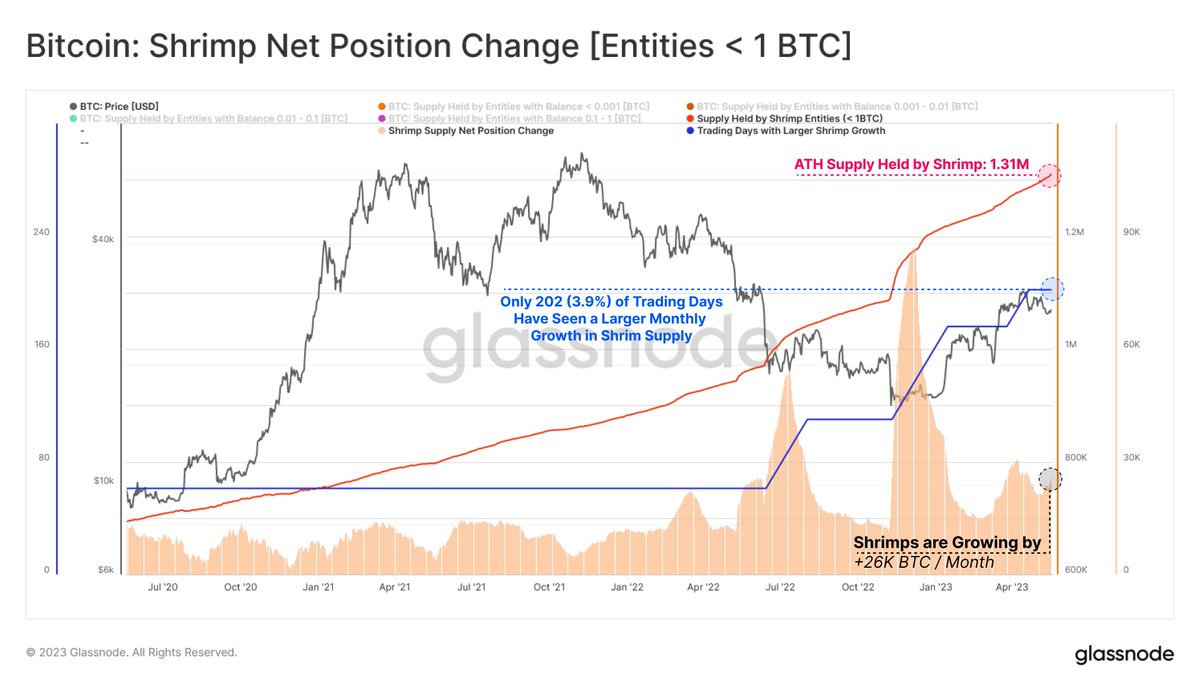- Pompliano argues that Bitcoin’s unique properties make it an attractive insurance asset for a variety of reasons.
- He says Bitcoin provides insurance against a variety of risks, including, currency debasement and sovereign default.
- Bitcoin critics however point to things like the volatile nature of crypto assets and meagre adoption as reasons why it might not be the global insurance company.
Anthony Pompliano, a venture capitalist and popular Bitcoin advocate, argues that BTC could be considered the largest insurance company in the world.
The investor says the idea was proposed to him at a breakfast meeting with two investors, whose point suggested that the world’s largest insurance company may not “look like” the typical insurance company.
Is bitcoin the largest insurance company in the world?
This was the question posed by two investors at breakfast yesterday. In this piece, I unpack why they may be correct in their analysis.https://t.co/nSS4xDnuou
— Pomp 🌪 (@APompliano) May 19, 2023
Why Bitcoin could be the insurance
Pompliano’s argument, published in the latest edition of The Pomp Letter, is based on the idea that Bitcoin provides insurance against a variety of risks, including, currency debasement, sovereign default, undisciplined monetary and fiscal policy, and economic censorship.
He explained:
“Just as there are different insurance policies that serve different purposes, Bitcoin is different things to different people. And just as most policyholders don’t want to ever have to use their insurance, most bitcoiners realise that bitcoin’s success will likely come on the heels of major issues in the legacy financial world.”
On what exactly makes Bitcoin an insurance, the entrepreneur listed a number of reasons.
He says Bitcoin is a one-time purchase, and it comes with certain advantages. Unlike traditional insurance policies, BTC doesn’t require ongoing premiums. If you buy early, Bitcoin comes as a cheap premium and much more expensive when done later.
The second reason is that cryptocurrency is a decentralised asset that is not subject to the control of any one entity, which makes it more reliable than traditional insurance companies. It also has an inverse relation to catastrophe in traditional finance, the latest example being when BTC price rose amid the US banking crisis.
Also, Bitcoin is a global asset that can be accessed by anyone, anywhere in the world, which makes it more accessible than traditional insurance products. As an insurance, its programmatic nature means holders don’t need to submit claims and wait for someone to judge whether to honour it or not.
Bitcoin critics may disagree, but…
Although Bitcoin continues to see major adoption across the globe, the argument such as the one highlighted by Pompliano has not escaped crypto critics.
For some, BTC remains too volatile to be considered a reliable insurance asset. Another argument is that the digital asset hasn’t achieved the adoption levels that would make it a practical insurance choice for most people.
Pomp says the idea is still a viable one, especially with the possibility that Bitcoin can be an insurance against events like inflation and economic collapse. Most of these events have largely been “uninsurable.”
“No insurance company is going to write you a legitimate policy against high inflation. They won’t write you a policy against government seizure of your assets. The insurance companies historically have not covered hyperinflation or economic collapse,” the investor argued.
He also thinks one doesn’t need to hold huge amounts of BTC to tap into the benefits. Putting about 1-3% of investment allocation into bitcoin can be an effective hedge against negative impact of economic risks.
The post Anthony Pompliano: Bitcoin may be world’s largest insurance company appeared first on CoinJournal.

